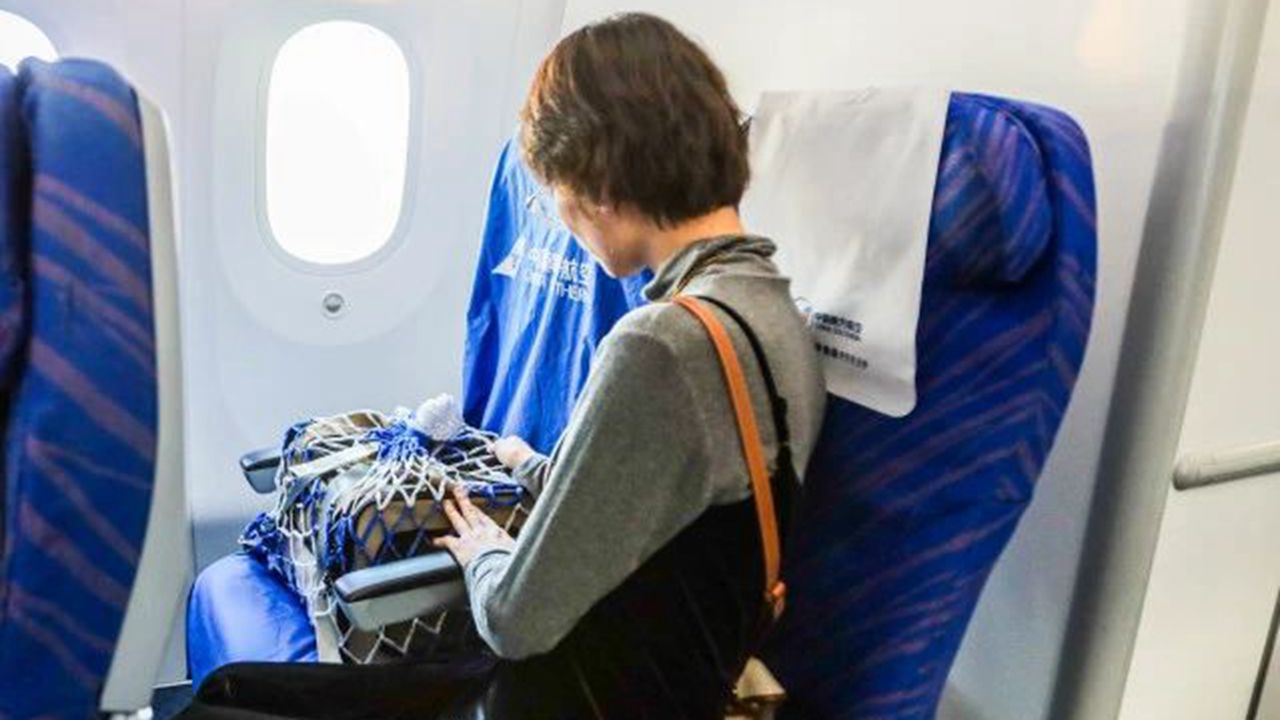More pet-friendly flights launched
From: Shenzhen Daily
As demand for pet-friendly travel grows, China Southern Airlines expanded its “Pets in Cabin” service on July 1st to include 10 additional domestic airports, including Shenyang, Changchun, Wuhan, Changsha, Nanning, Zhengzhou, Guiyang, Chongqing, Hangzhou, and Shanghai Pudong. The service now covers over 200 direct flights.

A passenger boards a China Southern Airlines flight with her pet, utilizing the airline’s expanded “Pets in Cabin” service. Photos courtesy of China Southern Airlines
The airline launched the service, which allows pets to stay with their owners in the cabin, on the Guangzhou-Shanghai Hongqiao route in December last year before expanding it in April to seven other cities, including Shenzhen.
Service upgrades now permit up to four pets per flight, double the previous limit. Additionally, a ban on short-nosed dogs and cats have been lifted. Muzzles are required for dogs only, and they must wear them for the entire journey.
Passengers must book via the airline's app or mini-program at least six hours in advance. Before boarding, they are required to groom their pet and prepare a properly sized carrier with essential supplies. Onboard, they can either place their pet under a seat or purchase a separate one for the pet carrier.

Onboard, passengers can place their pet under the seat in front of them or purchase an additional seat for the pet carrier.
Proof of rabies vaccination and an Animal Health Certificate issued by a government-approved veterinarian or animal quarantine agency are required.
Shenzhen Airlines also launched its "Pets in Cabin" service March 31 for domestic, non-stop flights from Shenzhen (economy class only). Passengers must be 18 or older and are limited to one small dog or cat each, with a maximum of two pets allowed per flight.
In 2024, the Shenzhen Bao’an International airport opened China's first dedicated pet lounge, where traveling pets can wait for their flights in comfort. The spacious facility is equipped with air quality monitors, species-specific zones, and play areas.